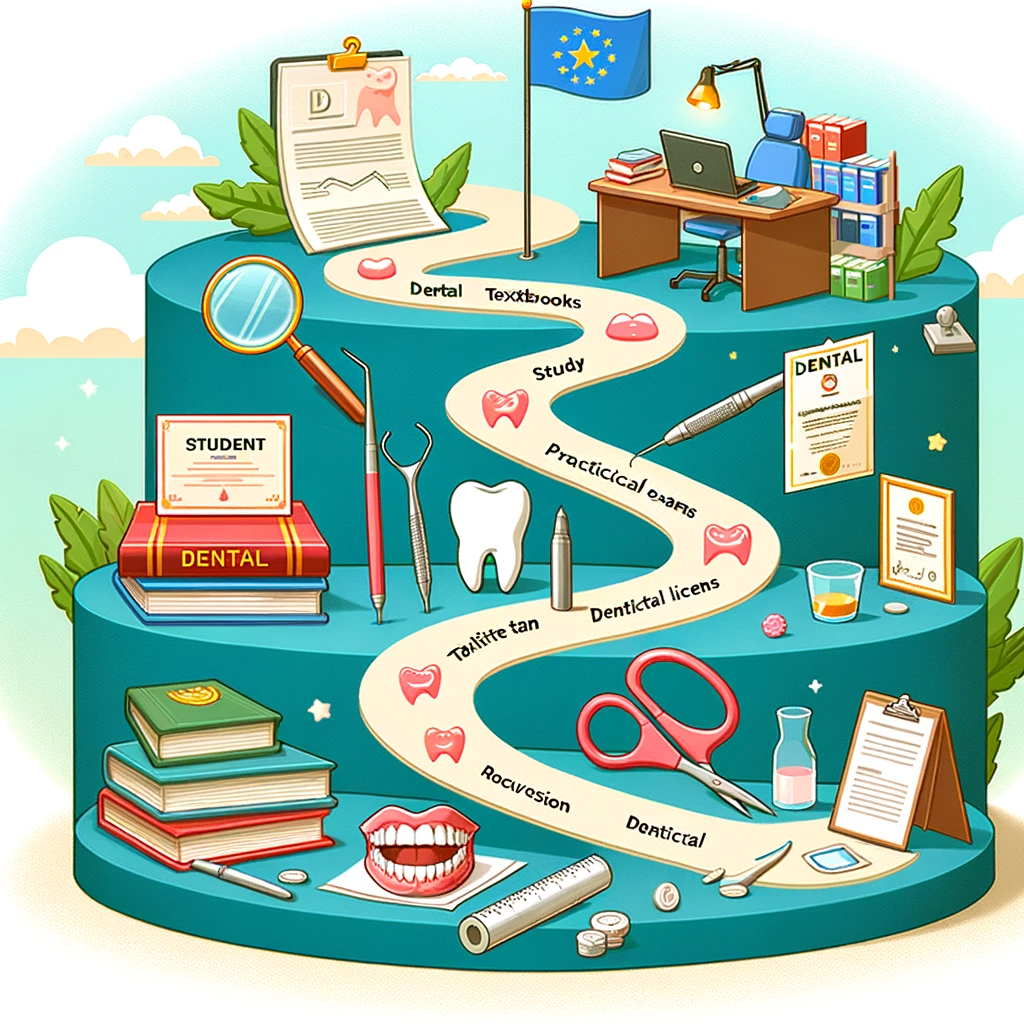Unlock the Gates to Dental Success: Navigating the Examination and Licensing Labyrinth
The journey to becoming a licensed dental practitioner is akin to navigating a complex labyrinth, with each turn representing a crucial step in the examination and licensing process. This comprehensive guide aims to illuminate the path, providing aspiring dentists with the knowledge and strategies needed to successfully transition from dental students to licensed professionals.

The Foundation of Dental Success
The path to dental licensure begins long before the examination process, rooted in a solid foundation of education and hands-on training. Aspiring dentists must first complete a rigorous curriculum in an accredited dental school, where they are imbued with both the theoretical knowledge and practical skills essential for quality dental care.
Step 1: The National Board Dental Examination (NBDE)
- Part I – Basic Sciences: The first hurdle in the examination process, Part I of the NBDE tests candidates on their mastery of basic dental and biomedical sciences. This phase requires a deep understanding of the fundamental principles that underpin dental practice.
- Part II – Clinical Knowledge and Skills: Building on the basics, Part II challenges candidates with a comprehensive examination of their clinical knowledge, covering all aspects of dental care, from patient management to specific treatment modalities.
Step 2: The Clinical Board Examination
Following the NBDE, aspiring dentists must demonstrate their clinical prowess through a state or regional board examination. This practical test assesses a candidate’s ability to perform dental procedures safely and effectively on patients, marking a critical transition from theoretical knowledge to clinical application.
Step 3: Licensure Application and Ethics Examination
With the successful completion of the NBDE and clinical board examination, candidates move on to the final phase of the licensing process. This involves submitting a licensure application to the relevant dental board and often includes an ethics examination, which evaluates the candidate’s understanding of professional conduct and ethical practice in dentistry.
Navigating Dental Policy and Regulation
Understanding the nuances of dental policy and regulation is paramount for aspiring dental practitioners. Each jurisdiction may have its unique requirements and standards for licensure, including additional exams, background checks, and continuing education mandates. Staying informed and compliant with these regulations is crucial for a smooth licensure process and a successful dental career.
The Role of Continuing Education
Even after obtaining licensure, the journey of a dental professional is characterized by continuous learning. State dental boards typically require practitioners to engage in ongoing education as a condition of license renewal. This commitment to lifelong learning ensures that dentists remain at the forefront of advancements in dental science and practice.
Conclusion: Embarking on a Professional Journey
The examination and licensing process for dental practitioners is a rigorous but rewarding journey. It is designed to ensure that only those with the requisite knowledge, skills, and ethical standards are entrusted with the responsibility of providing dental care. By understanding and successfully navigating this process, aspiring dentists can unlock the doors to a fulfilling and esteemed career in dentistry.

